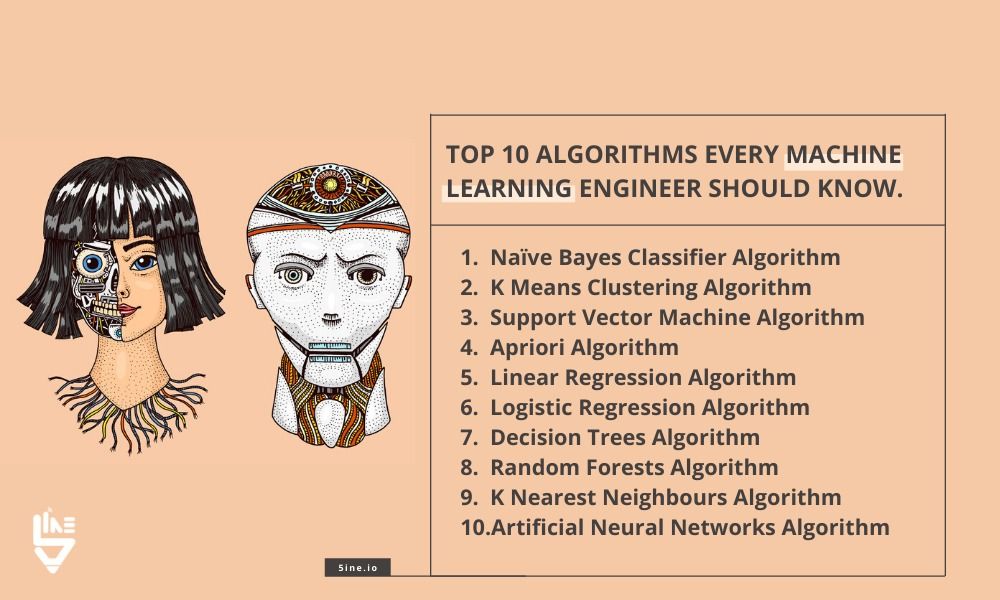Jun 21, 2020
DARPA Invisible Man: Human Cells Engineered With Squid-Like Transparency
Posted by Quinn Sena in category: biotech/medical
Bioinspired research project a first step toward intrinsically translucent tissue.
Octopuses, squids and other sea creatures can perform a disappearing act by using specialized tissues in their bodies to manipulate the transmission and reflection of light, and now researchers at the University of California, Irvine have engineered human cells to have similar transparent abilities.
In a paper published today in Nature Communications, the scientists described how they drew inspiration from cephalopod skin to endow mammalian cells with tunable transparency and light-scattering characteristics.


















